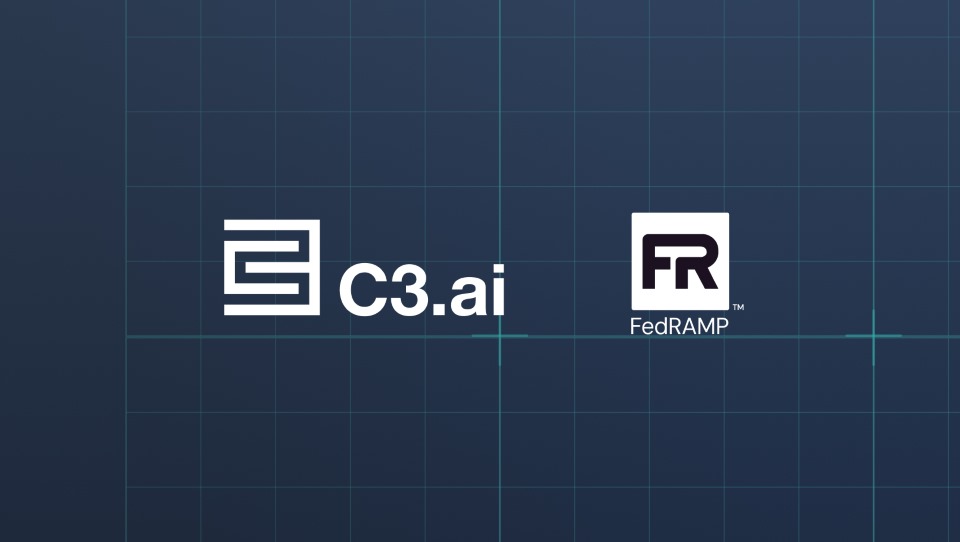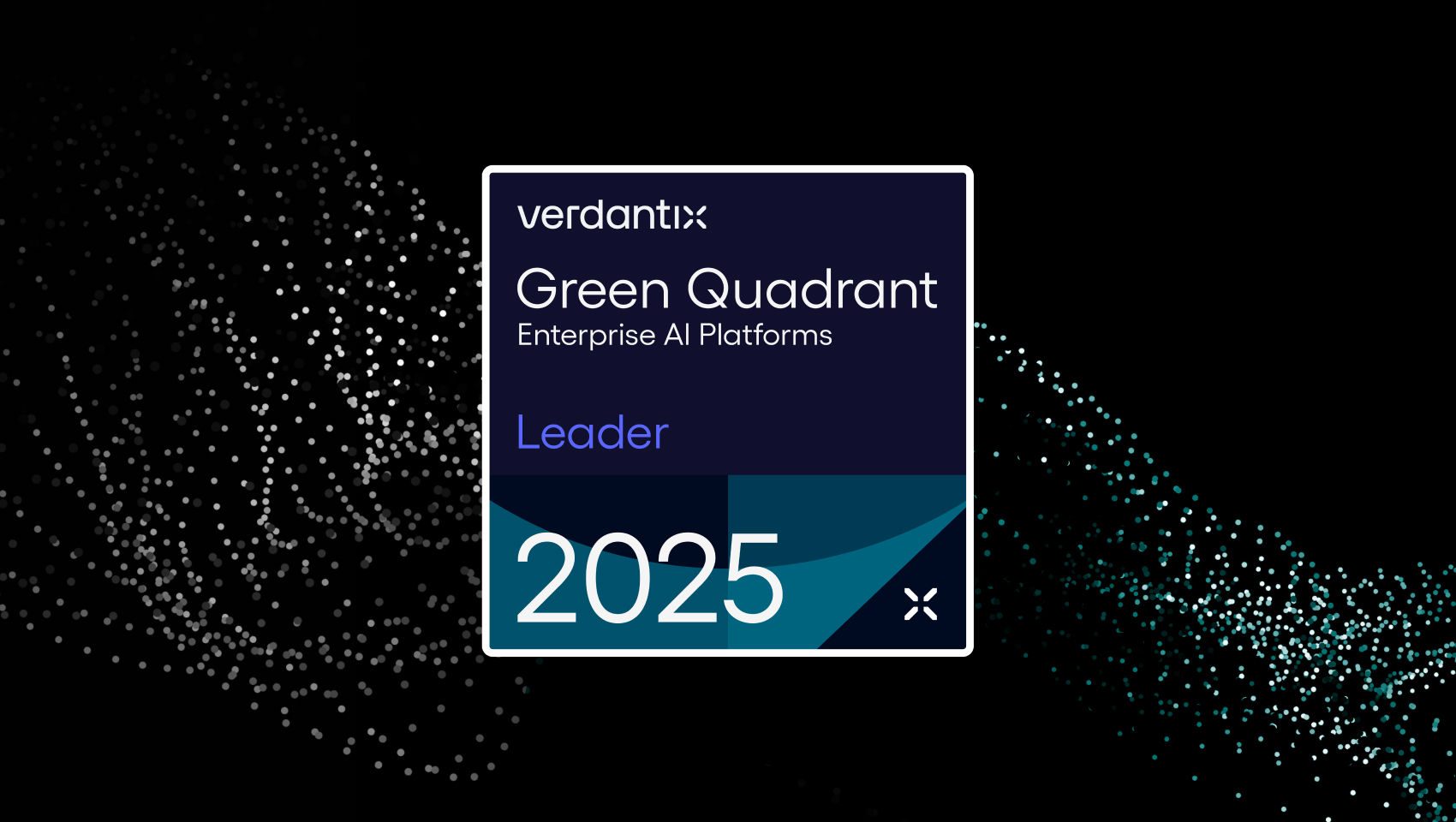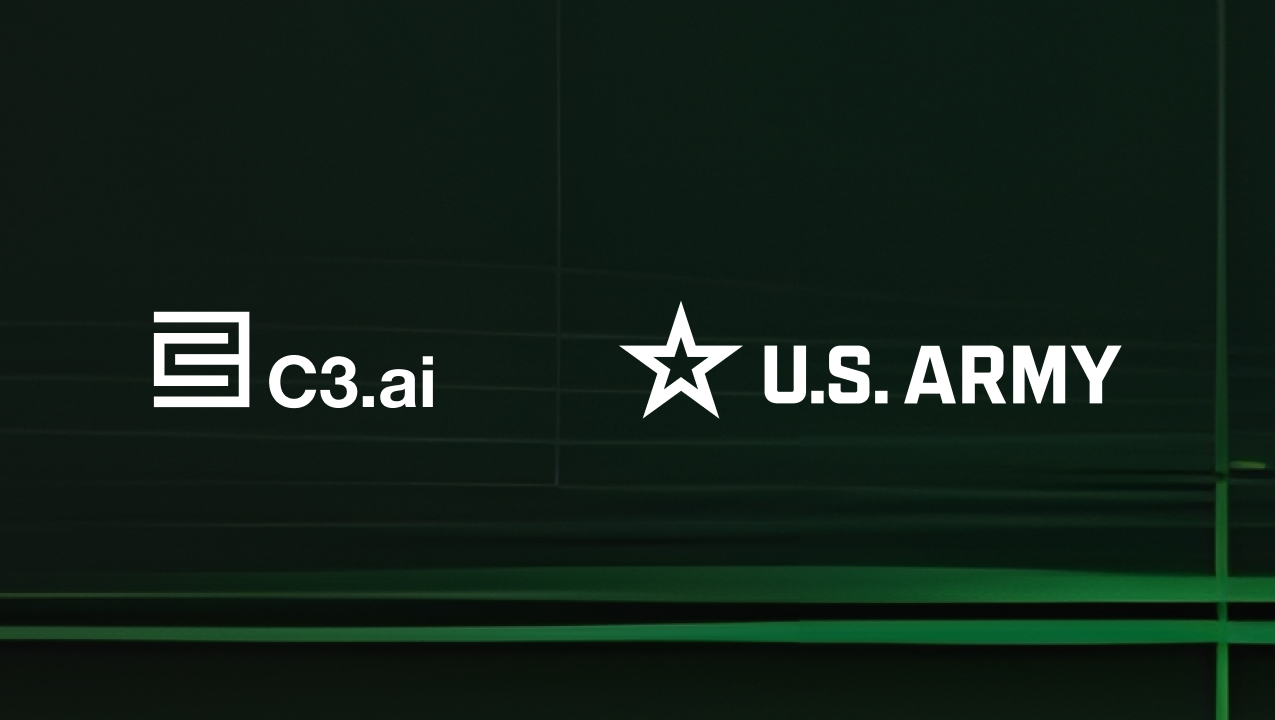For those of you old enough to remember, Siebel Systems was THE customer relationship management application of the day before people were really using the words customer relationship management. The company was founded in the mid 1990’s and its products were used by many of the biggest corporations nationwide. At its peak Siebel Systems reportedly controlled almost half of the nascent CRM industry of the day. Tom Siebel, the founder and CEO of the company, was lauded as a pioneer and the face of CRM. In 2005, the company was sold to Oracle for almost $6 billion.
Siebel took some time off after that – reading and speaking, consulting and writing – before starting up a new venture in 2009 called C3.ai. C3.ai develops artificial intelligence solutions used by big corporations to do things such as optimizing their lending processes, preventing customer churn, maximizing inventory management and improving fraud detection. How successful has Siebel’s new company been? Successful enough to recently announce an initial public offering filing this month, despite having yet to turn a profit. Some analysts have valued the company at more than $3 billion.
For Siebel to realize his dreams of building a world-class company that delivers state-of-the-art AI solutions, he’s going to need some help. Which is why his company recently announced a new partnership with Microsoft and Adobe, where he can focus on one of the things that’s near-and-dear to his heart: CRM. Of course.
“Microsoft, Adobe, and C3.ai are reinventing a market that Siebel Systems invented more than 25 years ago,” Siebel said in a statement. “The dynamics of the market and the mandates of digital transformation have dramatically changed CRM market requirements. A general-purpose CRM system of record is no longer sufficient. Customers today demand industry-specific, fully AI-enabled solutions that provide AI-enabled revenue forecasting, product forecasting, customer churn, next-best product, next-best offer, and predisposition to buy.”
According to Microsoft – who is competing for CRM market share with archrival Salesforce.com – C3 AI CRM is the “world’s first AI-driven, industry-specific CRM built with a modern AI-first architecture.” Siebel’s platform will integrate and unify “vast amounts” of structured and unstructured data from enterprise and extraprise sources into a unified, federated image “to drive real-time predictive insights across the entire revenue supply chain, from contact to cash.”
In the real world, this means helping to improve the forecasting of revenue, product demand, high-qualified prospects and the identification of alternative and future product offerings, all based on customer and prospect behaviors. The technology will be targeted at the sales and marketing users of Microsoft 365 who can take advantage of pre-built configurations for the financial services, healthcare, telecommunications, oil and gas, manufacturing, utilities, aerospace, automotive, public sector, defense, and intelligence industries.
I realize that these features will be initially enjoyed by some of the largest companies in the world. But make no mistake, companies like Microsoft (my company implements Microsoft products) have tens of thousands of small and mid-sized customers too and they will in the not-too-distant future be able to take advantage of these tools as well. AI will be for the masses and the smartest users of this technology – big and small – will lean on software companies to provide these tools for them, rather than build them internally. And big software companies like Microsoft who recognize their limitations will be reaching out to smaller and smarter tech firms – like C3.ai – to leverage their applications for their own customers.
“The next generation of this is clearly about applying AI to CRM,” Siebel told ZDNet earlier this month. “If we look at McKinsey Global Institute, they predict that the largest impact of AI will be on sales, marketing, and customer service, delivering up to $3 trillion in economic benefit a year. The market is demanding the solution from us.”
Read the full article here.



